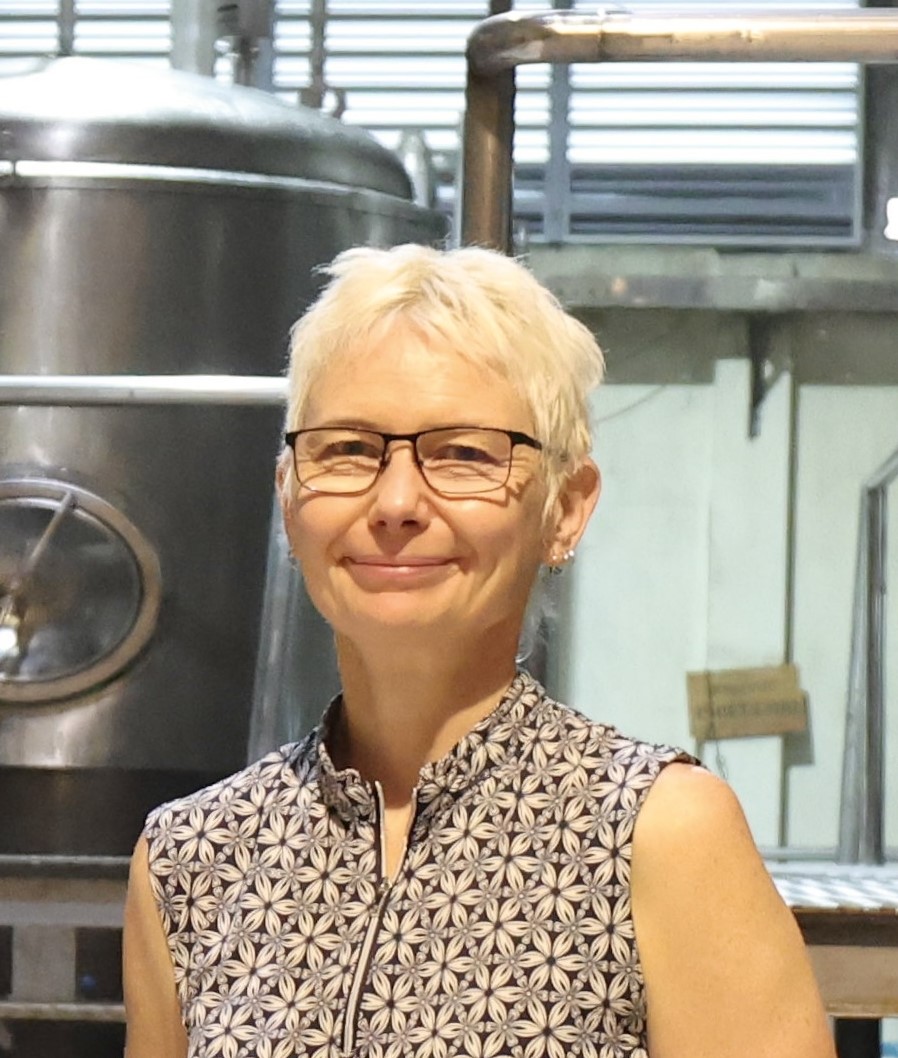
Ripples of Change: Fish Farming Among Ethnic Minority Farmers in Upland Vietnam
Please note: Map locations are generalised slightly to the commune or urban area so as to maintain confidentiality.
Nestled in the mountainous highlands of northern Vietnam, many Hmong and Mien (also called Yao in Vietnam) ethnic minority communities are undergoing a significant transformation in their livelihoods. Historically semi-subsistence farmers, these rural, dispersed communities—whose ancestors have inhabited these mountains for over eight generations—are increasingly being compelled to secure cash for a variety of agricultural inputs, including hybrid rice seeds and chemical fertilisers, as well as other items.
These livelihood transformations, which have increased in intensity since the 1990s, have been driven by government policies and market forces, including the introduction of new agricultural practices and commodities. Since the early 2000s, these have included the farming of trout and sturgeon. These ‘lively commodities’ have become a rather surprising livelihood option for some farmers, weaving a complex web of socio-economic and environmental impacts across the region. Lively commodities are living organisms, such as fish, that are cultivated and traded while requiring continuous care and specialised handling to maintain their value from production through to sale, creating numerous socio-economic and environmental interactions. This photo essay focuses on the adoption of fish farming by a number of Hmong and Mien households in upland Vietnam, illustrating the economic opportunities and risks, as well as environmental challenges, that accompany this shift in livelihood practices.
A New Livelihood Emerges
For generations, Hmong and Mien (Yao) farmers in these uplands have relied on shifting cultivation (temporarily farming land, then abandoning it for a period to let it regenerate while farmers move to a new plot), animal husbandry, and the collection of non-timber forest products such as black cardamom, bamboo shoots, honey, and mushrooms, to sustain their livelihoods. Hmong households have also grown hemp to weave into cloth and indigo to dye it.
However, these practices have been increasingly supplemented by small-scale agricultural trade and, in recent years, for those living near suitable environmental conditions, fish farming—a relatively new and lucrative endeavor. This shift can be traced back to the early 2000s when the Vietnamese government, in collaboration with international partners, introduced trout and sturgeon to the uplands as part of an effort to diversify local economies and ‘improve livelihoods’.
The introduction of these non-native species, particularly rainbow trout and several species of sturgeon, was initially met with some skepticism. However, as the demand for these fish grew among lowland Vietnamese (Kinh) consumers—driven by concerns over food safety and a rising interest in high-quality, 'clean' food—ethnic minority farmers in Sa Pa District, Lào Cai Province, began to see the potential of this new aquaculture.
Navigating Lively Commodity Chains
The journey of these fish from hatcheries to the dinner tables of urban Vietnamese consumers as far away as Ho Chi Minh City is anything but straightforward. It involves a series of carefully coordinated steps, each influenced by a myriad of factors ranging from environmental conditions to market dynamics. The concept of ‘lively commodity chains’ is particularly apt in describing this process, emphasizing the dynamic and living nature of the commodities being traded.
At the heart of these chains are Hmong and Mien farmers who have embraced fish farming as an income source. These farmers, often working with limited resources, have had to navigate the challenges of constructing and maintaining fish ponds in the rugged mountainous terrain.
Access to cold, clean water from mountain streams or springs is a prerequisite for successful trout and sturgeon farming. Those who can access these water sources, have small amounts of flat land, and can raise the necessary financial capital, have invested heavily in constructing and stocking ponds, as well as creating new access trails when needed.
However, the path to profitability is fraught with challenges. Securing the initial financial capital to build ponds and purchase juvenile fish is a significant hurdle for many farmers. Additionally, the logistics of transporting live fish from remote upland ponds to markets in Sa Pa Town, Hanoi, and beyond require specialized knowledge and equipment, or more commonly, the right social capital and connections to trustworthy intermediaries. For those who succeed, the rewards can be substantial, with profits from fish farming far surpassing those from traditional agricultural activities.
Social and Environmental Implications
The integration of fish farming into the livelihoods of Hmong and Mien households has had a number of consequences. The introduction of trout and sturgeon has altered the socio-economic landscape, creating new relationships to market forces and external inputs. This has led to concerns about the potential for ‘economic entrapment’, when farmers become so invested in a particular livelihood that they are unable to revert to customary or other practices and options.
The environmental impact of fish farming is a growing concern too. The construction of ponds, particularly concrete ones, can disrupt local ecosystems, while the need for large quantities of fish feed, medicines, and water can strain or pollute natural resources. As the number of fish farms in the region continues to grow, these aspects are becoming increasingly pressing, necessitating careful management.
Cultural Continuity and Change
Despite the challenges, a number of Hmong and Mien farmers have managed to integrate fish farming into their livelihoods without abandoning their customary, long-held farming practices. Through our research we have found that for most farmers involved, fish farming serves as a supplemental income source, allowing them to continue cultivating rice, maize, and other crops. This dual approach reflects the adaptability of these communities, who have historically navigated the pressures of modernization while maintaining their cultural identity.
Interestingly, while trout and sturgeon are valuable commodities, they hold little cultural significance for Hmong and Mien compared to customary livestock such as buffalo, pigs, and chickens, which play important roles in animist rituals and social ceremonies. As a result, fish farming is viewed primarily as an economic activity, with its success measured in financial terms rather than any cultural or spiritual value.
Resilience in the Face of Uncertainty
The future of fish farming in the uplands of northern Vietnam remains uncertain. The rapid expansion of this industry has brought both opportunities and challenges for local communities, and its long-term sustainability is still in question. For Hmong and Mien households, the key to navigating this uncertain future lies in their ability to remain flexible and resilient, adapting to new market opportunities while preserving the core elements of their customary ways of life.
As these communities continue to engage with the market economy, their experiences offer valuable insights into the broader processes of livelihood change and market integration in rural ethnic minority regions of Vietnam. The story of fish farming in Sa Pa District is a testament to the ingenuity and perseverance of Hmong and Mien communities, who have found ways to thrive in an increasingly complex, interconnected, and monetized world.
For more on this topic please see: Turner, S. and Garber, P. (2024). Ripples of Change: Introduced Fish, Ethnic Minority Farmers, and Lively Commodity Chains in Upland Vietnam. Human Ecology, 1-15. https://doi.org/10.1007/s10745-024-00536-y

